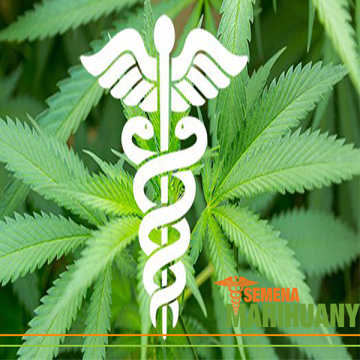Therapeutic Cannabinoids 5: CBDV

- Australian studies have gradually unlocked the therapeutic potential of the lesser known CBDV cannabinoid
Cannabinoids are chemical compounds named after a cannabis plant occurring eithernaturally in our body (endocannabinoids) plants (phytocannabinoids) or likeman-made fabrics (synthetic cannabinoids).
Cannabinoids have a wide range of effects not only on our brain, but also on our muscles, liver and many other important parts of the human body. Of the 113 cannabinoids discovered so far, it is by far the best known THC(tetrahydrocannabinol), which is responsible for psychoactive effect cannabis.
More in articles:
Sibling CBD- cannabivarin, or CBDV
You may already know enough today cannabidiol or CBD. Most of the research so far has focused on therapeutic effects CBD both because of its bulky content in most varieties because of its chemically non-invasive and non-toxic nature. Cannabinoid content and ratios differ from variety to variety, but cannabidiol is present in different proportions most medical strains . Because CBD is non-psychoactive, it is mainly used in medicine where the psychoactive effects of THC are often undesirable.
However, CBD has an almost unknown relative, called cannabidivarin, or CBDV. Chestructure CBDand CBDV is very similar to , yet different. The CBDV is missing two methylene bridges, so its composition is shorter. Although CBDV was discovered and isolated as early as 1969, no clinical trials have focused on its therapeutic effects.

The therapeutic potential of CBDV
It was only in 2012 and 2013 that they were in pioneering studies published in The British Journalof Pharmacology and PeerJ first demonstrate behavioral and subsequently molecular evidence,that cannabidivarin can alleviate or even stop seizures in test rats. For purposeIn carrying out the above studies, CBDV was extracted and provided by the British pharmaceutical company GW Pharma.
In an Australian epilepsy patient study, GW Pharma is trying to unlock the anticonvulsant potential of CBDV. This pharmaceutical giant was now their CBD -based product Epidiolex in clinical studies in New South Wales and Queensland, Australia to find out if it is an effective remedy for children suffering from untreatable forms of childhood epileptic syndromes such as Dravets syndrome. The governments of both countries subsidize this research. (More in the articl"Medical cannabis against epilepsy")
Finding a balance between the healing effects and the negative side effects of new drugs for pharmaceutical companies and doctors is not ending the fight. Different patients respond differently to the same dose of the same substance, so the cost of treatment often outweighs its benefits.
However, CBD is a very promising substance in the eyes of researchers and patients as it does not cause any serious side effects. In addition, it seems that CBD can effectively combat some particularly serious, incurable forms of childhood epilepsy. Studies on this unique substance can help create a more tolerable drug that will ultimately help thousands, if not millions, of children to live better. The latest discoveries so far look very promising. For example, in the 2014 Phase 1 clinical study, CBDV was found to be very well tolerated even at the highest doses tested and that "does not cause any serious side effects."
The Australian and British governments are endowing similar clinical trials, and Australia is slowly becoming the world leader in cannabis healing potential research. The successful completion of these studies may give us enough insight into the way CBDV reacts in our body compared to CBD. In addition, this type of research could in the future encourage incentives for exploring the lesser known cannabinoids and thus accelerate the illumination of the overalltherapeutic potential of medical cannabis.
